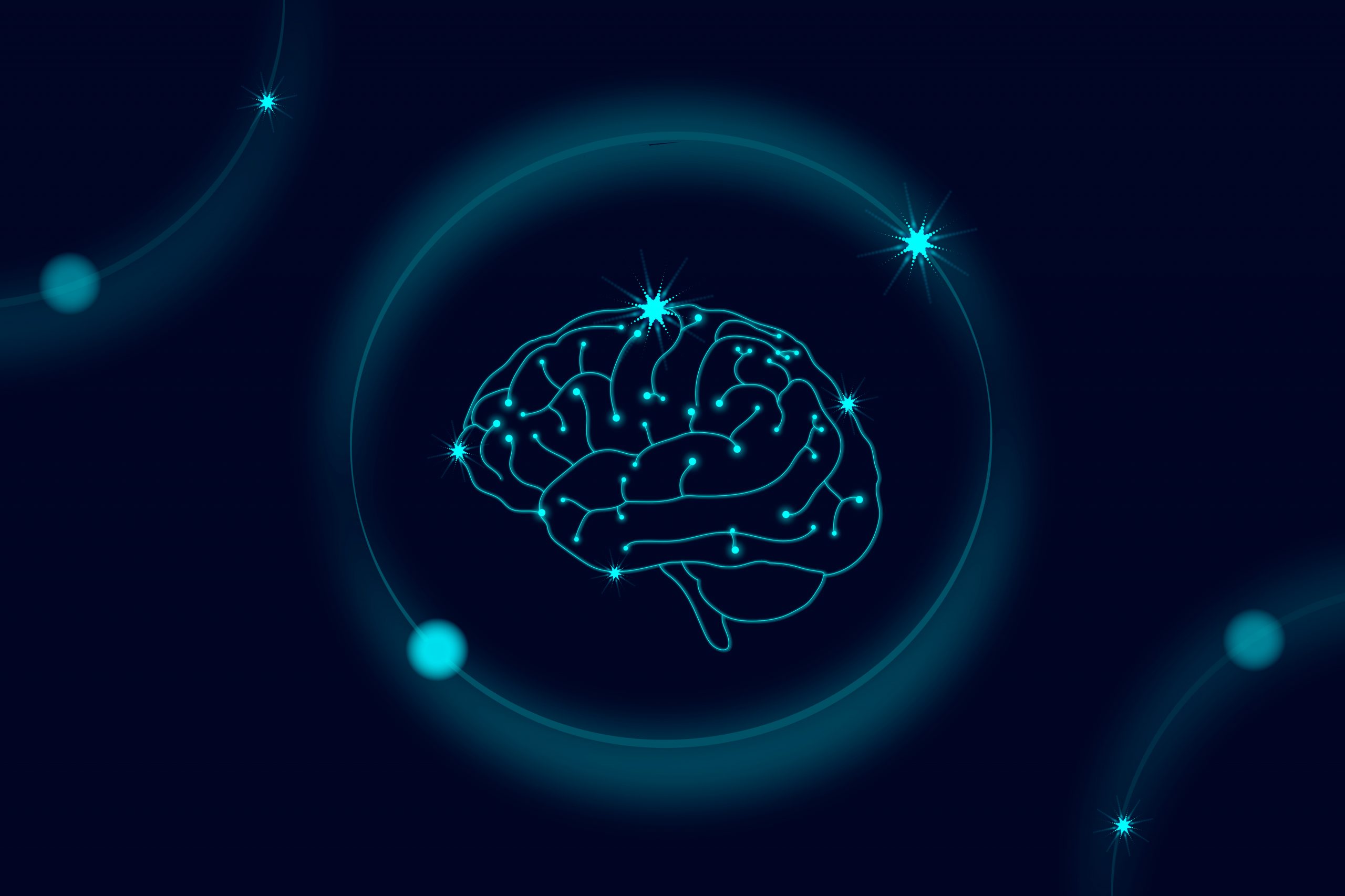

The capacity to map connections between different parts of the brain has helped scientists better understand the brain’s relationship to behavior, how brains differ between people, and how disease affects them. These maps, known as connectomes, are made up of imaging data placed on atlases that specify the locations and borders of various brain areas. However, there are numerous types of brain atlases, and a connectome based on one cannot be directly compared to one generated on another.
In a new study, Yale researchers created a publicly available tool called Cross Atlas Remapping via Optimal Transport, or CAROT, that can transform a connectome built on one atlas into a connectome based on another, allowing researchers to compare connectomes from different studies and reuse them in future analyses.
The findings were published in the journal Medical Image Analysis.
Brain atlases divide the brain into distinct areas, but they do not all do so in the same way, with differences in the size, shape, and number of regions. This limits the usage of connectomes, according to Javid Dadashkarimi, a Ph.D. candidate in the Department of Computer Science at the Yale School of Engineering & Applied Science and the study’s lead author.
“Previously, the only solution would be to reprocess raw data using a different atlas, which takes time and requires access to raw data that’s not always available,” said Dadashkarimi, who conducted the research across two labs: Dustin Scheinost’s at Yale School of Medicine and Amin Karbasi’s at the School of Engineering & Applied Science.
Scientists can use CAROT to alter a connectome built from one atlas to conform to another without having to reprocess data. It accomplishes this through the use of a mathematical technique known as optimal transport.
Dadashkarimi noted that one of the first times optimum transport theory was utilized to tackle a real-world problem was during World War II.
“During the Second World War, militaries needed to figure out how to distribute soldiers and resources to various camps while minimizing costs, and that turns out to be a very hard question in terms of time complexities,” he said. “Mathematician Leonid Kantorovich proposed a very advanced version of optimal transport theory to solve this problem and now it’s widely used in other fields.”
CAROT employs optimal transport to identify how to optimally redistribute data, similar to how optimal transport was used to efficiently distribute military resources. For example, if a connectome is built on an atlas that divides the brain into 200 regions, CAROT may essentially remap that data over an atlas that divides the brain into 300 sections without fundamentally affecting the connectome itself.
The researchers compared CAROT-generated connectomes to connectomes constructed directly on atlases for the study. To accomplish this, scientists first generated connectomes on six distinct atlases using the identical functional magnetic resonance imaging (fMRI) data, then reconstructed each of those connectomes on the remaining five atlases. The connectome based on Atlas A, for example, was recreated using Atlases B, C, D, E, and F. They discovered that the recreated connectomes were similar to the originals. A connectome translated from atlas A to atlas B, for example, was comparable to a connectome generated directly on atlas B.
Furthermore, when used to neuroscientific investigations — such as utilizing a connectome to predict IQ — reconstructed connectomes worked as well as genuine connectomes, revealing similar insights into brain function, according to the researchers.
“Our research shows CAROT can reconstruct connectomes on different brain atlases without altering the makeup of that connectome and without the need for raw data,” said Scheinost, associate professor of radiology and biomedical imaging at Yale and senior author of the study. “In essence, it means we can do more with data we already have and gain a better understanding of what all of that data can collectively tell us about the brain.”
CAROT has been made available to other scientists by the researchers. It can currently only be applied to connectomes based on fMRI data. However, the team expects that in the future, they will be able to apply CAROT to other types of brain-based data, such as electroencephalographs.
more recommended stories
 Fat-Regulating Enzyme Offers New Target for Obesity
Fat-Regulating Enzyme Offers New Target for ObesityKey Highlights (Quick Summary) Researchers identified.
 Spatial Computing Explains How Brain Organizes Cognition
Spatial Computing Explains How Brain Organizes CognitionKey Takeaways (Quick Summary) MIT researchers.
 Gestational Diabetes Risk Identified by Blood Metabolites
Gestational Diabetes Risk Identified by Blood MetabolitesKey Takeaways (Quick Summary for Clinicians).
 Phage Therapy Study Reveals RNA-Based Infection Control
Phage Therapy Study Reveals RNA-Based Infection ControlKey Takeaways (Quick Summary) Researchers uncovered.
 Pelvic Floor Disorders: Treatable Yet Often Ignored
Pelvic Floor Disorders: Treatable Yet Often IgnoredKey Takeaways (Quick Summary) Pelvic floor.
 Urine-Based microRNA Aging Clock Predicts Biological Age
Urine-Based microRNA Aging Clock Predicts Biological AgeKey Takeaways (Quick Summary) Researchers developed.
 Circadian Control of Neutrophils in Myocardial Infarction
Circadian Control of Neutrophils in Myocardial InfarctionKey Takeaways for HCPs Neutrophil activity.
 E-Cigarette Use and Heart Attack Risk in Former Smokers
E-Cigarette Use and Heart Attack Risk in Former SmokersKey Takeaways for Clinicians and Nurses.
 36-Week Pre-eclampsia Screening May Reduce Term Risk
36-Week Pre-eclampsia Screening May Reduce Term RiskA New Preventive Strategy for Term.
 Cardiovascular Risk and Sudden Cardiac Death in Diabetes
Cardiovascular Risk and Sudden Cardiac Death in DiabetesRising Sudden Cardiac Death (SCD) Risk.

Leave a Comment